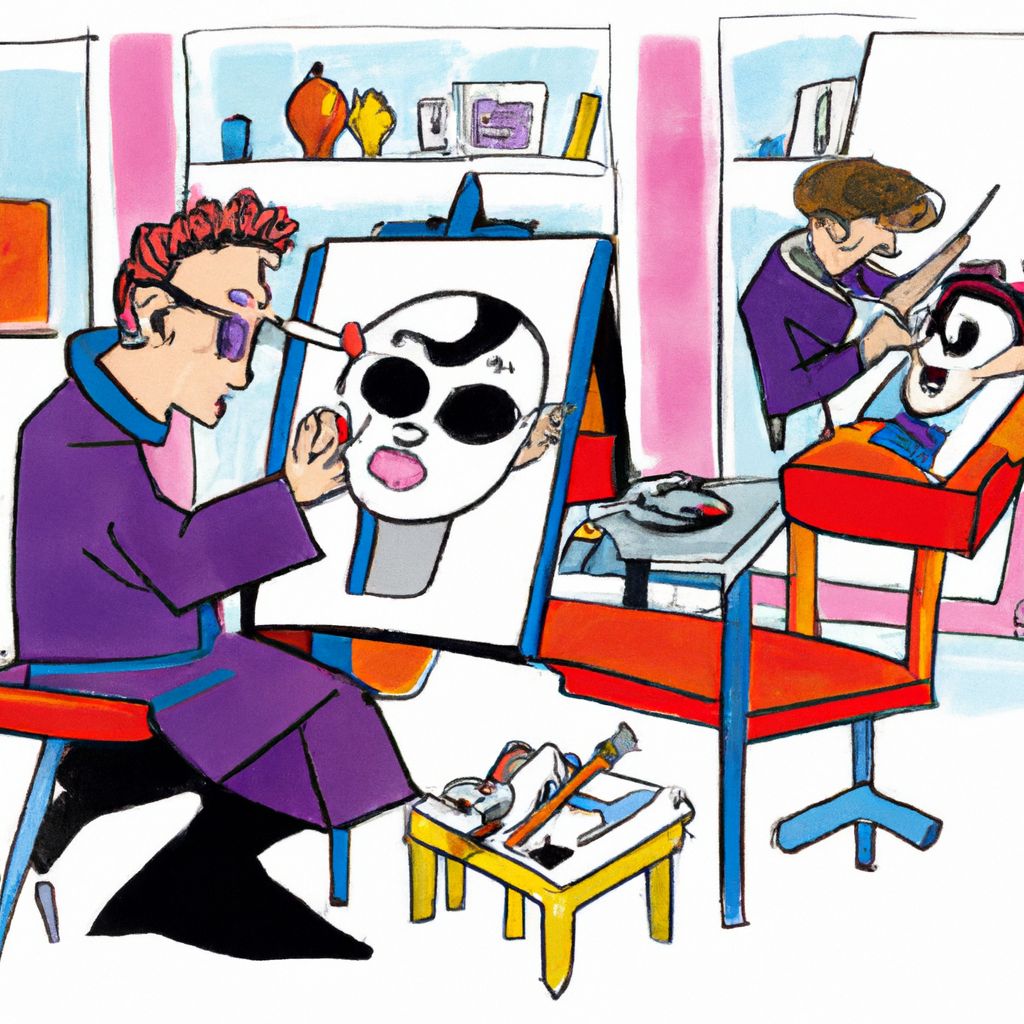- Introduction to Character Design in Cartooning
- Fundamental Principles of Character Design
- Steps in Character Design
- Character Design Tools and Techniques
- Creating Expressive Characters
- Character Design Tips and Best Practices
- Conclusion: Mastering Character Design in Cartooning
Introduction to Character Design in Cartooning
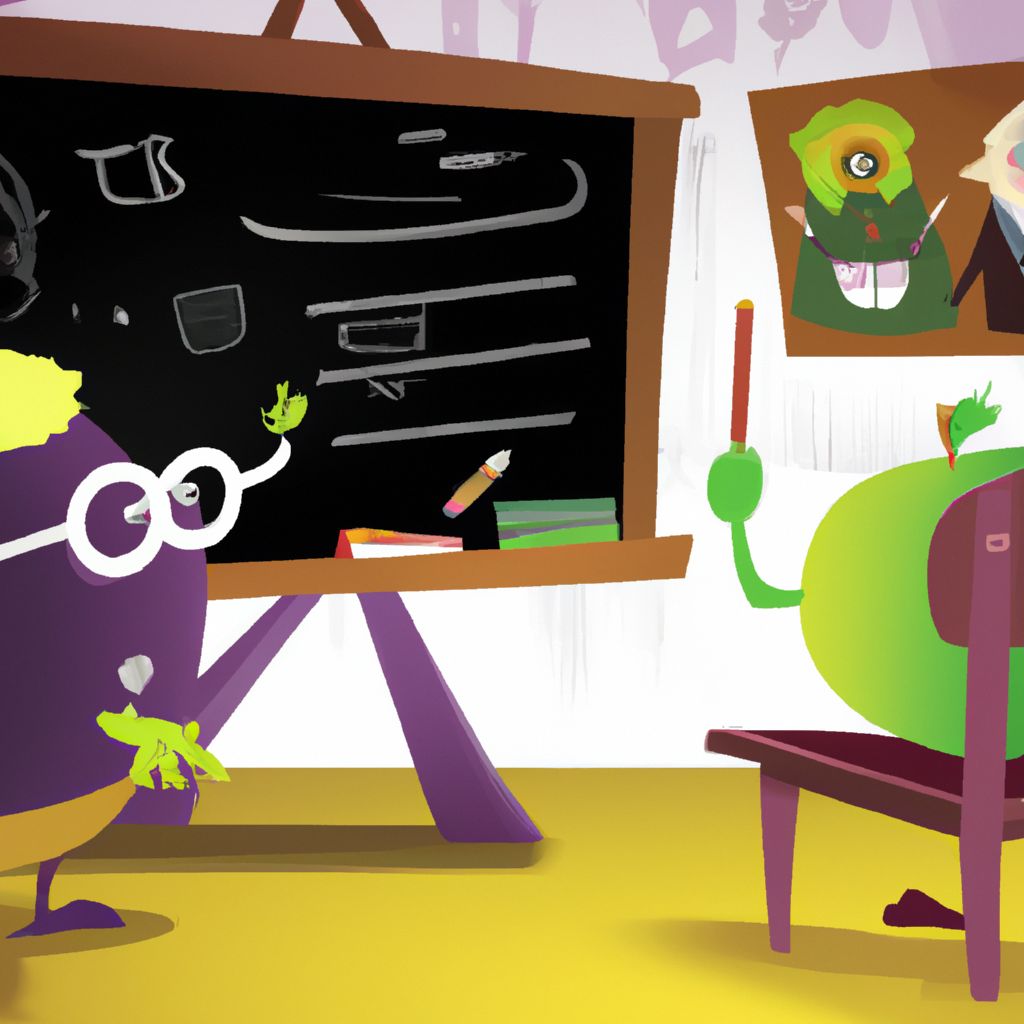
Character design is a crucial aspect of cartooning. It refers to the process of crafting unique and compelling characters that serve to drive the narrative, engage the audience, and embody the artistic style of the animator or cartoonist. With a well-designed character, creators can effectively communicate the character's personality, role, and relevance to the story.
When it comes to cartooning, character design is particularly important. The characters are often what viewers remember most about a cartoon, whether it's their quirky personalities, iconic looks, or memorable catchphrases. According to a study by Anderson Analytics, a character's design can significantly impact a viewer's perception and enjoyment of a cartoon.
Creating a character in cartooning involves a meticulous process. It begins with conceptualizing the character's role and personality. This is followed by initial sketches and iterations, refining the character's physical features, and finally, perfecting their outfit and color scheme. This process ensures that every aspect of the character, from their appearance to their mannerisms, aligns with the character's identity and the overall narrative of the cartoon.
Note that the process of character design isn't a linear one. It involves constant revisions and tweaks until the designer is satisfied with the final product. As cartoonist Bill Plympton once said, "Designing a character is like molding clay. You start with a basic shape and keep refining and adding details until you're happy with the result."
Fundamental Principles of Character Design
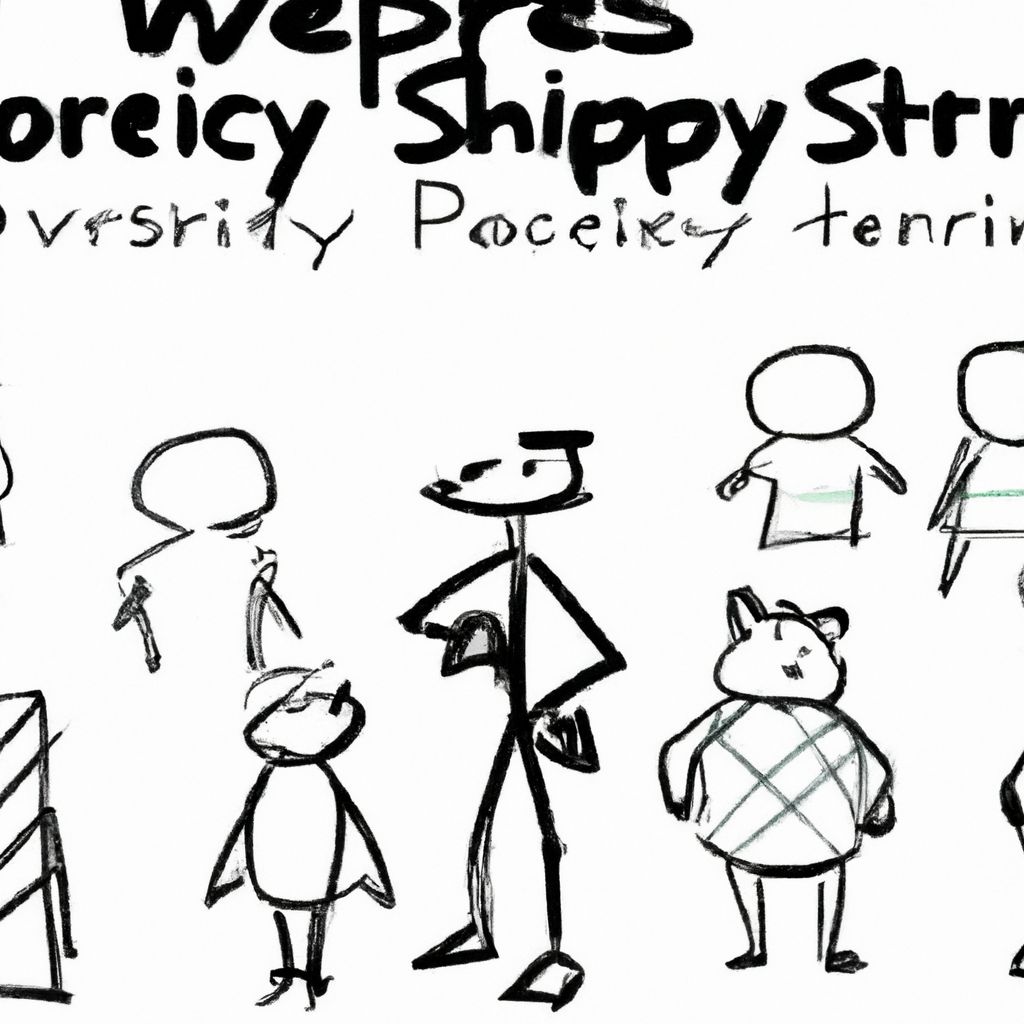
In the world of character design, there are several fundamental principles that designers often adhere to. These principles not only guide the creative process but also ensure that the characters resonate with the audience. They include:
- Consistency
- This principle refers to maintaining a uniform design for a character throughout the cartoon. Consistency in character design helps viewers recognize and connect with the character. For example, the design of Mickey Mouse has remained largely consistent since his creation in 1928, making him instantly recognizable to audiences worldwide.
- Simplicity
- Simplicity in character design involves creating characters that are easily understood and recognized. Complex designs can be confusing and detract from the narrative. A classic example is the design of The Simpsons characters, which are simple yet distinctive, making them easily recognizable.
- Distinctiveness
- Distinctiveness is about designing characters that stand out and are easily distinguishable from each other. For instance, each character in the Powerpuff Girls has a unique color scheme and hairstyle, making them easily distinguishable.
- Versatility
- Versatility refers to designing characters that can adapt to various situations and emotions. A versatile character design allows for a wider range of expressions and actions, which is crucial in storytelling. SpongeBob SquarePants, with his elastic facial expressions and ability to morph into different shapes, is a great example of versatility in character design.
- Expressiveness
- Expressiveness involves designing characters that can effectively convey emotions. The characters' facial features and body language play a significant role in this. For instance, the exaggerated facial expressions of Tom and Jerry make their feelings easily readable, even without dialogue.
These are the fundamental principles of character design in cartooning. Understanding and applying these principles can significantly enhance the design process and the final outcome.
Steps in Character Design
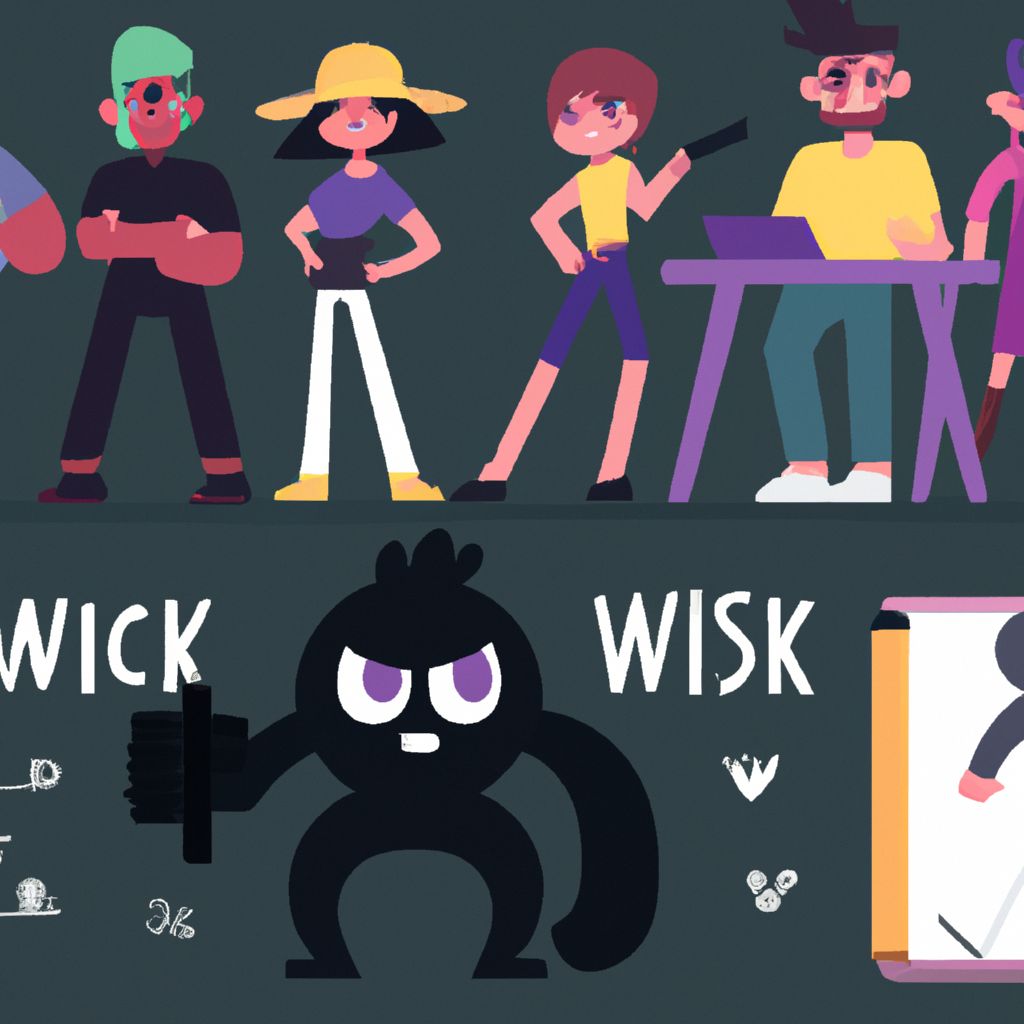
Designing a character in cartooning is a multi-step process that involves careful planning and constant refinement. Each step serves a specific purpose and contributes to the creation of a well-rounded and engaging character. The steps in the process are as follows:
- Concept Development: This is the initial stage where the character's personality, backstory, and role in the narrative are conceptualized. It involves brainstorming ideas and gathering references for inspiration. For instance, a character might be based on a real person, a mythological creature, or a completely original idea.
- Sketching: Once the concept is clear, the next step is to translate those ideas into visual form. This involves rough sketching, exploring various shapes, sizes, and proportions. The aim is to capture the essence of the character in a visual form. At this stage, multiple sketches are usually created to explore different design possibilities.
- Refining: After the initial sketches, designers select the best ideas and refine them. This could involve changing the character's proportions, adding details, or altering the character's pose. This step is all about fine-tuning the character's design to best represent their personality and role.
- Coloring: Once the design is finalized, the next step is to add color. The color palette should reflect the character's personality and fit into the overall aesthetic of the cartoon. Additionally, colors can be used to distinguish between different characters.
- Finalizing: The final step involves final touches and adjustments. This could include adding shading and texture, refining the color palette, or adding accessories to the character. The final design should be a clear, consistent representation of the character's personality and role.
It's important to note that this process is often iterative, meaning designers may go back and forth between steps until they are satisfied with the final design.
Character Design Tools and Techniques
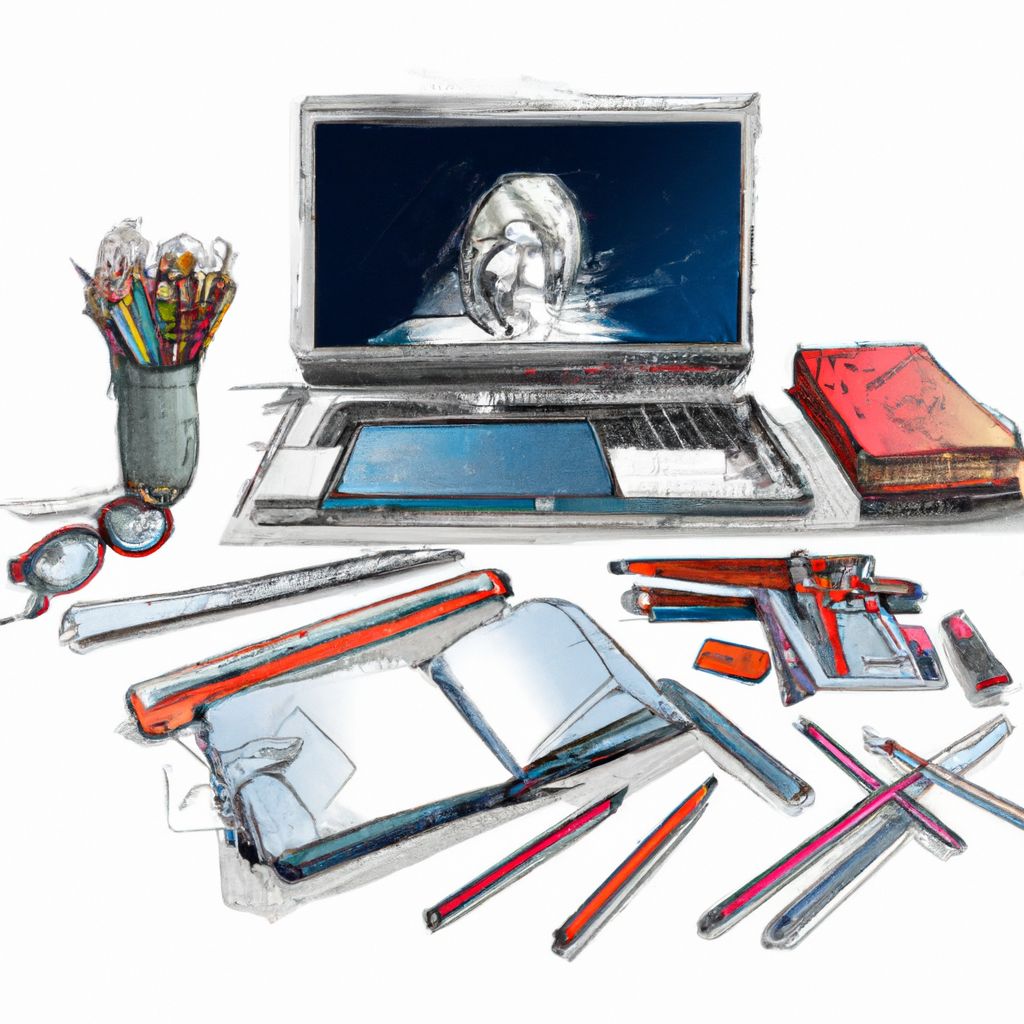
Character design in cartooning can be done using a variety of tools and techniques, ranging from traditional to digital. The choice of tools often depends on the designer's comfort, style, and the project requirements.
Traditional tools for character design include pencil and paper. Many designers start with sketching on paper due to its tactile nature and ease of use. Different types of pencils, like graphite and charcoal, can be used for sketching, line drawing, and shading. Colored pencils, markers, and watercolors can be used for coloring.
On the digital front, graphic tablets and software have revolutionized character design. Graphic tablets allow designers to draw directly onto a computer, providing a seamless transition from traditional to digital. Software like Adobe Photoshop, Illustrator, and Procreate offer a range of digital tools and features that can enhance the design process. These include layers, brushes, color palettes, and texturing tools.
Regardless of the tools used, there are several techniques that are commonly used in character design:
- Line Drawing: This is the basic technique of creating a character's shape and form using lines. It's often used in the initial sketching phase.
- Shading: Shading adds depth and dimension to the character. It can be done using traditional tools like pencils or digital tools like brushes.
- Coloring: Coloring brings the character to life. The choice of colors can convey the character's personality and mood. Digital tools offer a vast range of colors and blending options.
- Texturing: Texturing adds surface detail to the character. It can be used to depict materials like fur, skin, or clothing. Digital software often has specific tools for adding texture.
These tools and techniques can be combined in various ways to create unique and compelling characters. The key is to experiment and find what works best for each designer and project.
Creating Expressive Characters
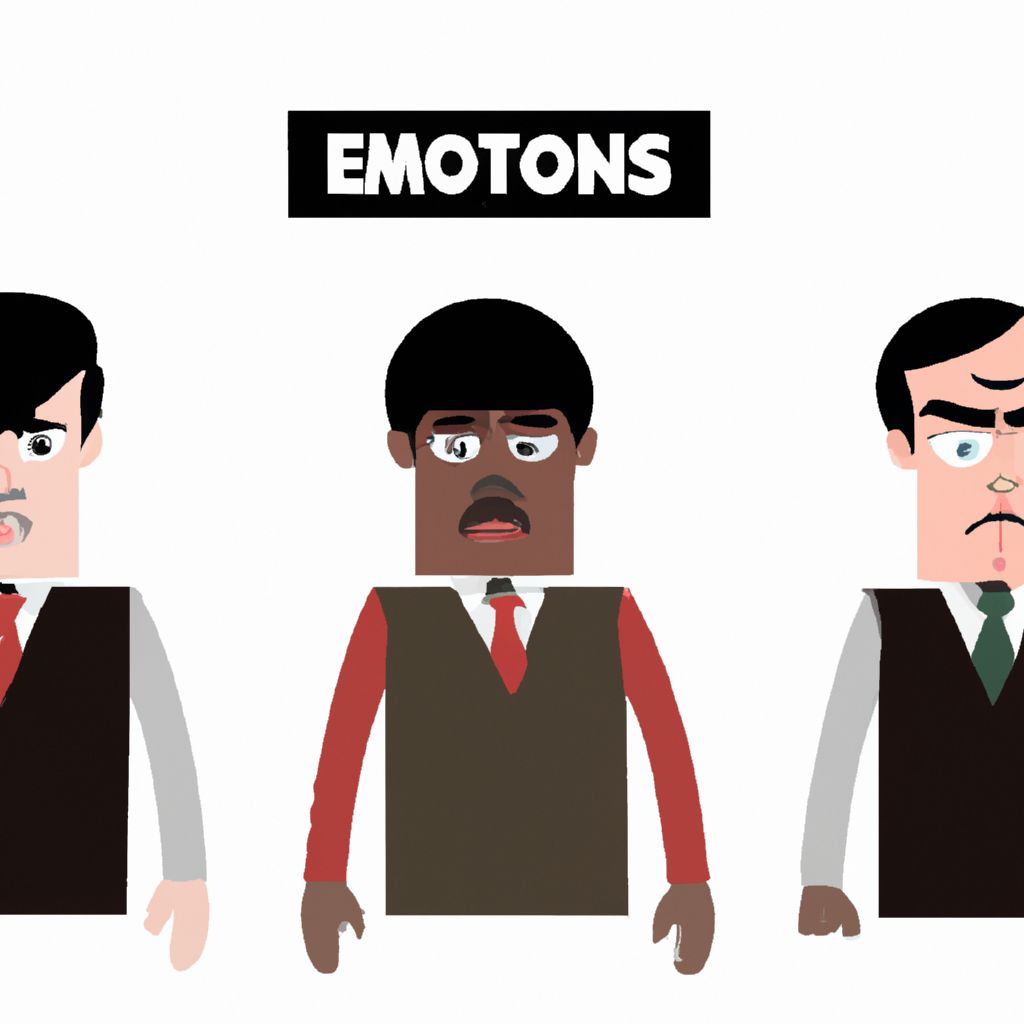
Creating expressive characters is a critical aspect of character design in cartooning. Expressive characters are more engaging, relatable, and memorable. They can convey emotions, personality, and even advance the plot, without needing dialogue. Here are some ways to make characters expressive:
- Facial Expressions
- Facial expressions are a powerful tool for conveying emotion. Even subtle changes in a character's eyebrows, eyes, or mouth can drastically change their emotion. For example, raised eyebrows can express surprise, while squinted eyes can convey suspicion or anger.
- Body Language
- Body language is another important tool for expressing emotions and personality. The way a character stands, moves, or interacts with their environment can tell a lot about their state of mind. For instance, a character with slumped shoulders might be sad or tired, while a character with a puffed-out chest might be proud or confident.
- Clothing and Accessories
- Clothing and accessories can reflect a character's personality, occupation, and even their mood. For example, a character in a suit might be professional or serious, while a character in a brightly colored outfit might be fun-loving or creative.
Here are some tips on how to convey emotions and personality through design:
- Use references: Real-life observation or photo references can be incredibly helpful for understanding how emotions are expressed through facial expressions and body language.
- Exaggerate features: In cartooning, exaggerating certain features can help emphasize emotions. For instance, very large eyes can make a character appear more innocent or surprised.
- Pay attention to the small details: Sometimes, small details like the tilt of the head or the position of the hands can make a big difference in conveying emotion.
- Consistency is key: It's important to maintain consistency in a character's expressions and body language to keep them believable and relatable.
Ultimately, creating expressive characters involves a deep understanding of human emotions and expressions, a keen eye for detail, and lots of practice.
Character Design Tips and Best Practices
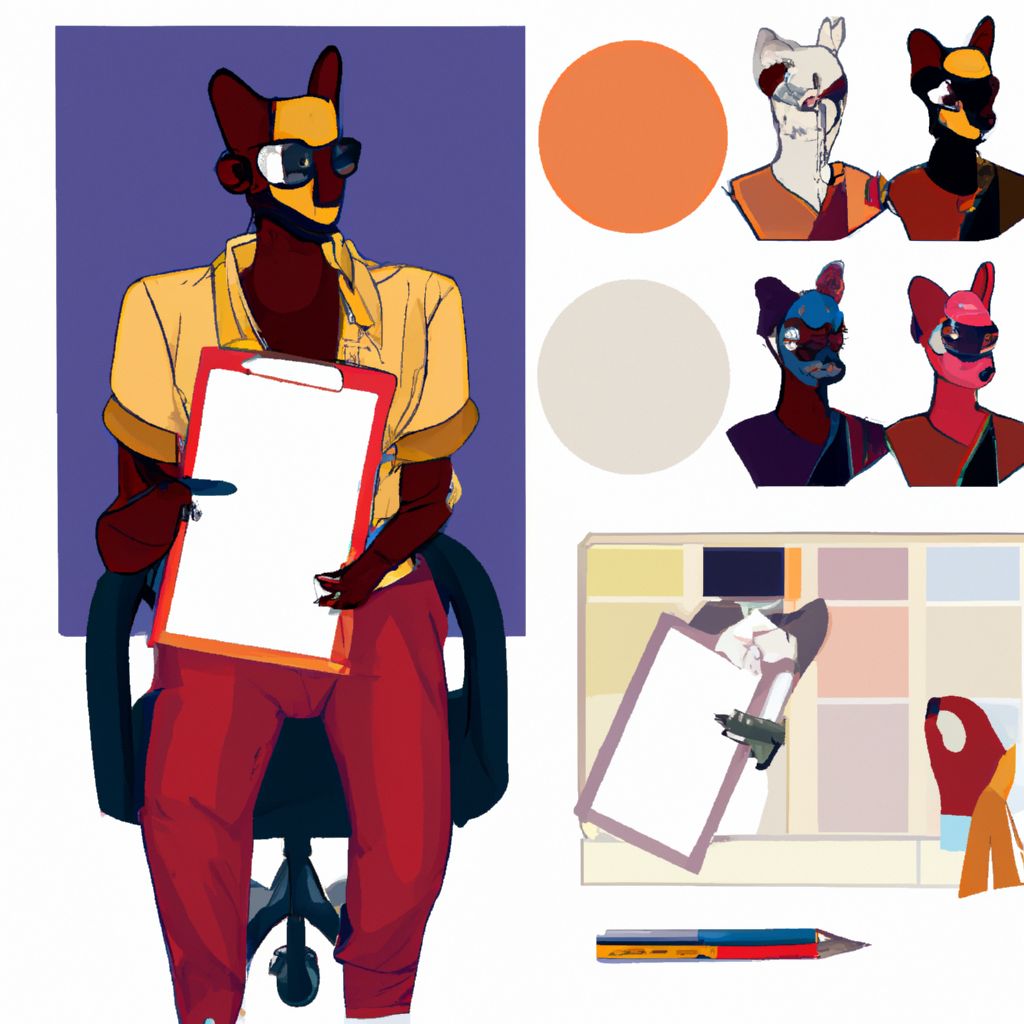
Mastering character design in cartooning requires both creativity and technical skills. Here are some practical tips and best practices that can enhance the design process:
- Research and Gather References
- Before starting the design process, spend time researching and gathering references. References can be anything from real-life observations, photographs, artworks, or other cartoons. They can provide inspiration and help you understand how different elements like shapes, colors, and textures can be used in character design.
- Experiment with Different Styles
- Don't be afraid to explore different styles and techniques. Experimenting with different styles can help you discover your unique voice as a designer and create characters that stand out. Try out different shapes, proportions, color schemes, and levels of detail until you find what works best for your character and story.
- Use a Consistent Color Palette
- Colors play a significant role in conveying a character's personality and mood. Using a consistent color palette can ensure that your character is visually cohesive and recognizable. Remember, the colors should complement each other and fit into the overall aesthetic of the cartoon.
- Get Feedback from Others
- Getting feedback from others can provide fresh perspectives and help identify areas for improvement. Whether it's from fellow designers, friends, or your target audience, constructive feedback can be valuable in refining your character design.
Remember, character design is a process that involves trial and error, patience, and continuous learning. Each project is an opportunity to grow and refine your skills. As renowned animator Hanna-Barbera once said, "We are not interested in the unusual, but in the usual seen unusually."
Conclusion: Mastering Character Design in Cartooning
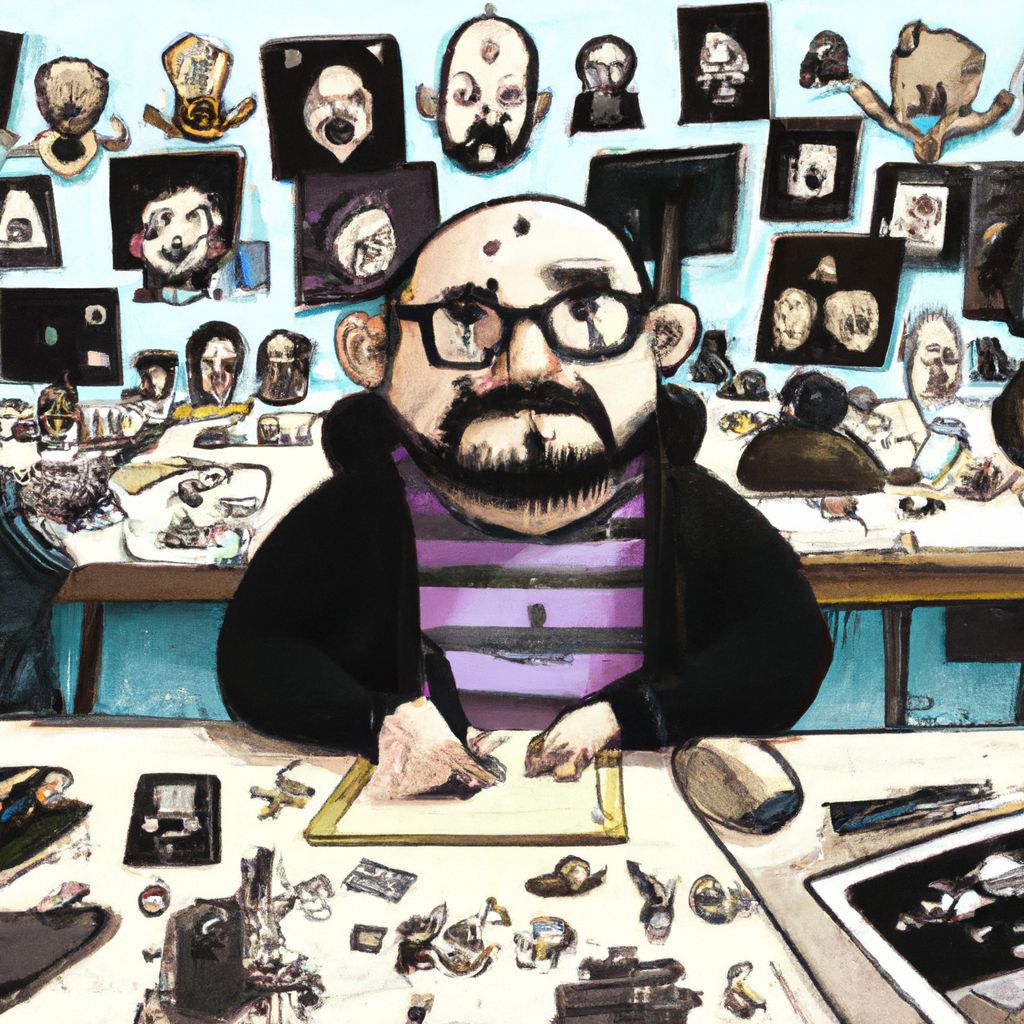
To master character design in cartooning, one must commit to continuous learning, experimenting, and improving. It's about understanding the fundamentals, mastering the tools and techniques, and then pushing the boundaries to create engaging, expressive, and memorable characters.
One of the most important aspects of character design, and indeed any art form, is practice. As the old saying goes, "practice makes perfect." Every sketch, every character, every project is an opportunity to learn and grow. Don't be discouraged by mistakes or challenges; they are part of the creative process and can lead to unexpected breakthroughs.
Finally, remember that character design is not just about creating visually appealing characters, but characters that can tell a story, evoke emotions, and connect with the audience. As legendary animator Walt Disney once said, "Animation can explain whatever the mind of man can conceive. This facility makes it the most versatile and explicit means of communication yet devised for quick mass appreciation."
So, keep sketching, keep experimenting, and keep pushing the boundaries of your creativity. The world of character design in cartooning is vast and exciting, and it's waiting for you to leave your mark.


